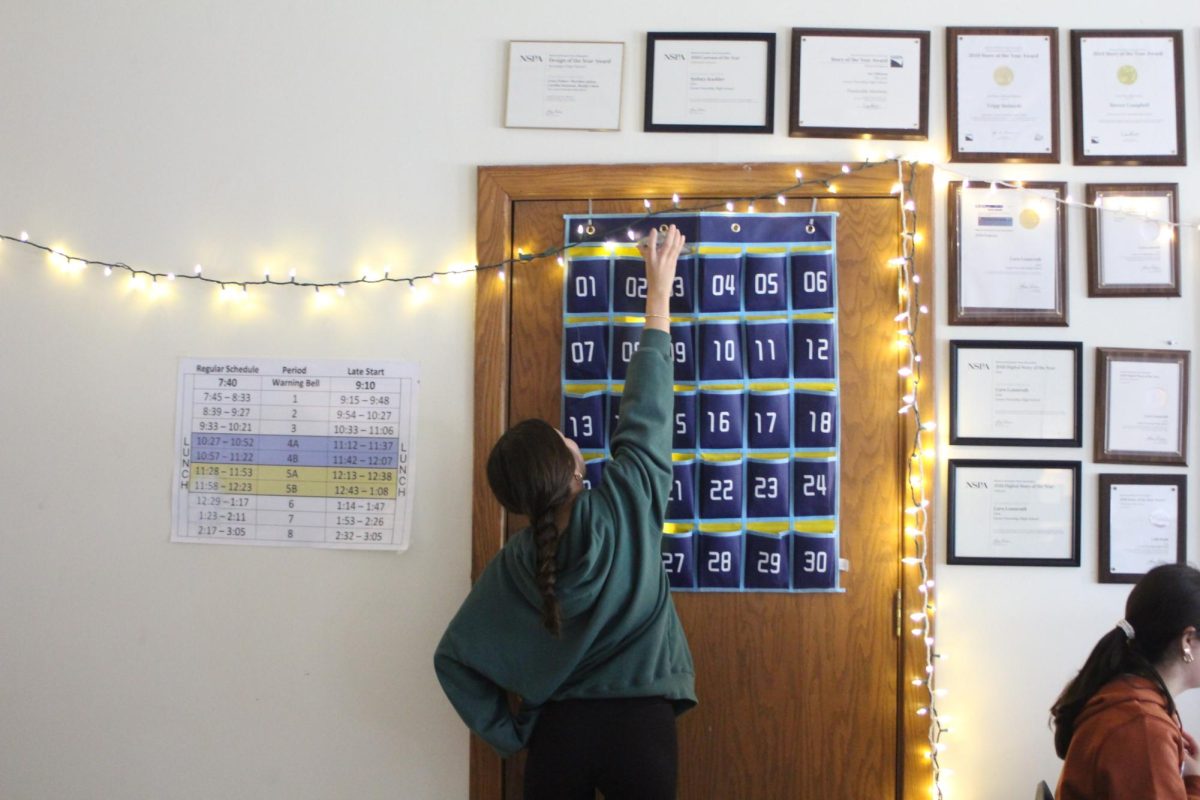With LT’s wide selection of AP classes, it’s unsurprising that learning at the college level has become an integral part of the school’s culture. From AP U.S. History to AP Environmental Science, students hoping to challenge themselves—or simply give their GPA a boost—often load their schedule with these classes, especially as they get to NC.
However, even just one AP class requires strenuous studying to succeed, so when tests for multiple classes all end up landing within the same few days, things can get overwhelming. To combat this issue and allow students to truly get the most out of their classes, teachers of AP classes should organize their schedules so their tests fall on different days instead of all at once.
Having test days spread out for each class would reduce students’ stress levels, leading to less burnout and increased potential to score well. Every student knows the intense mental overload when assessments start to pile up on the same day, especially for rigorous classes. According to the American Brain Foundation, this excessive stress can cause difficulty concentrating, reduced cognitive ability, and trouble sleeping—all conditions less than ideal for a day packed with tests. If students only had to worry about one class at a time, it would reduce anxiety among them and allow them to better organize their thoughts before their assessments. And teachers, just think about how much easier it would be to grade tests with fewer negligent mistakes caused by sleepy, stressed-out students.
Coordinating test days would also allow students to study more effectively, helping them truly do their best and maximize their grades. Faced with multiple tests on the same day, students are more likely to cram rather than take the time to fully absorb the subject matter. If they had more time between tests, they would be able to thoroughly review the content for their AP classes, enabling them to actually internalize it instead of forgetting it all after they hit “submit.” This would not only aid their score for their class summative but also lead to improved preparation for the culminating AP exam in May.
Scheduling tests on different days would also be more respectful of students’ time and lives. Although some may argue that the current system teaches teens effective time management, sometimes the heavy workload placed on students’ shoulders is simply unmanageable. Between school, extracurriculars, at-home responsibilities, friendships, and, for some, jobs, students have a lot on their plates. Spreading out test days for their hardest classes would take some of this pressure off of them and let them catch a breath for once.
Overall, coordinating test days for AP classes would introduce widespread benefits to the AP classroom. If implemented, this strategy would reduce stress, increase retention, and take off some of the pressure of high school life. Rather than walking into their AP class with a furrowed brow, students would come in with an open mind and a higher capacity to learn—not to mention the greater appeal APs would have if students knew they wouldn’t be bombarded with tests. Though it would take some additional planning by teachers and administrators, dispersing test days in an organized manner should be considered as a way to improve the quality of AP classes as a whole.




























![Movie poster for '[Rec]" (2007).](https://www.lionnewspaper.com/wp-content/uploads/2023/04/rec-640x900.jpg)

